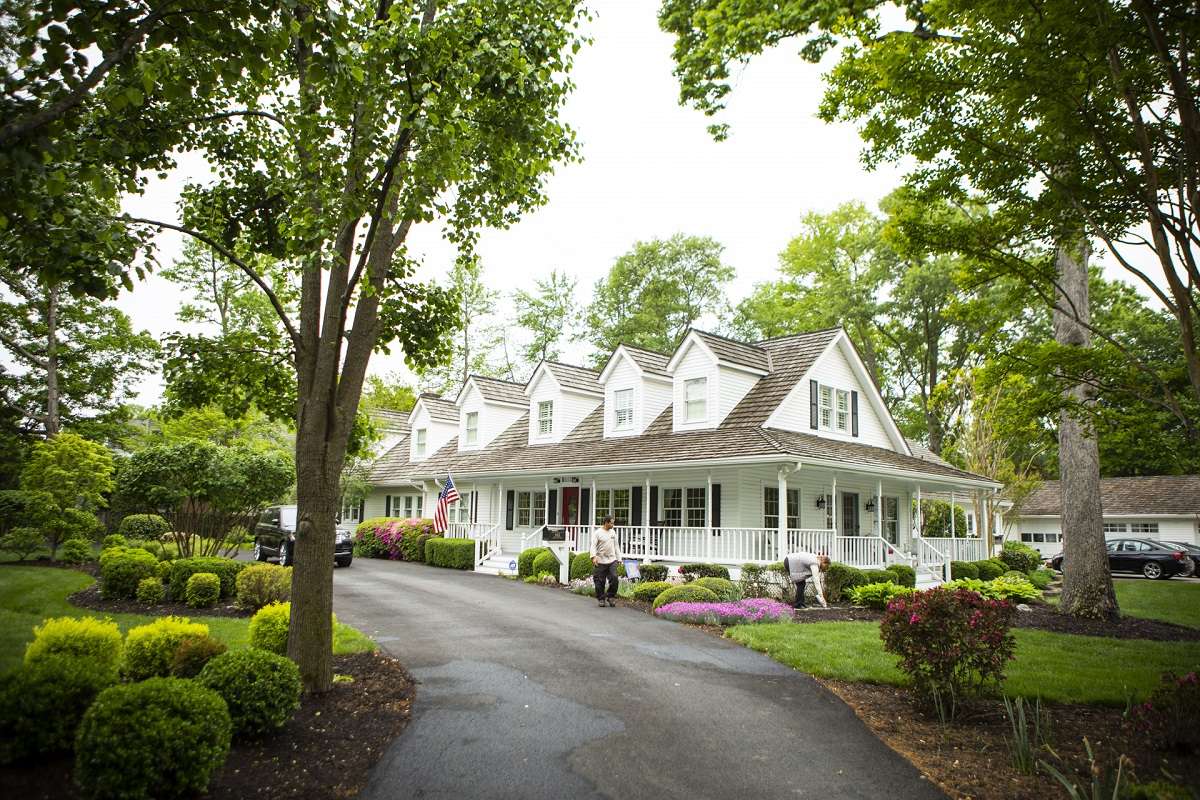

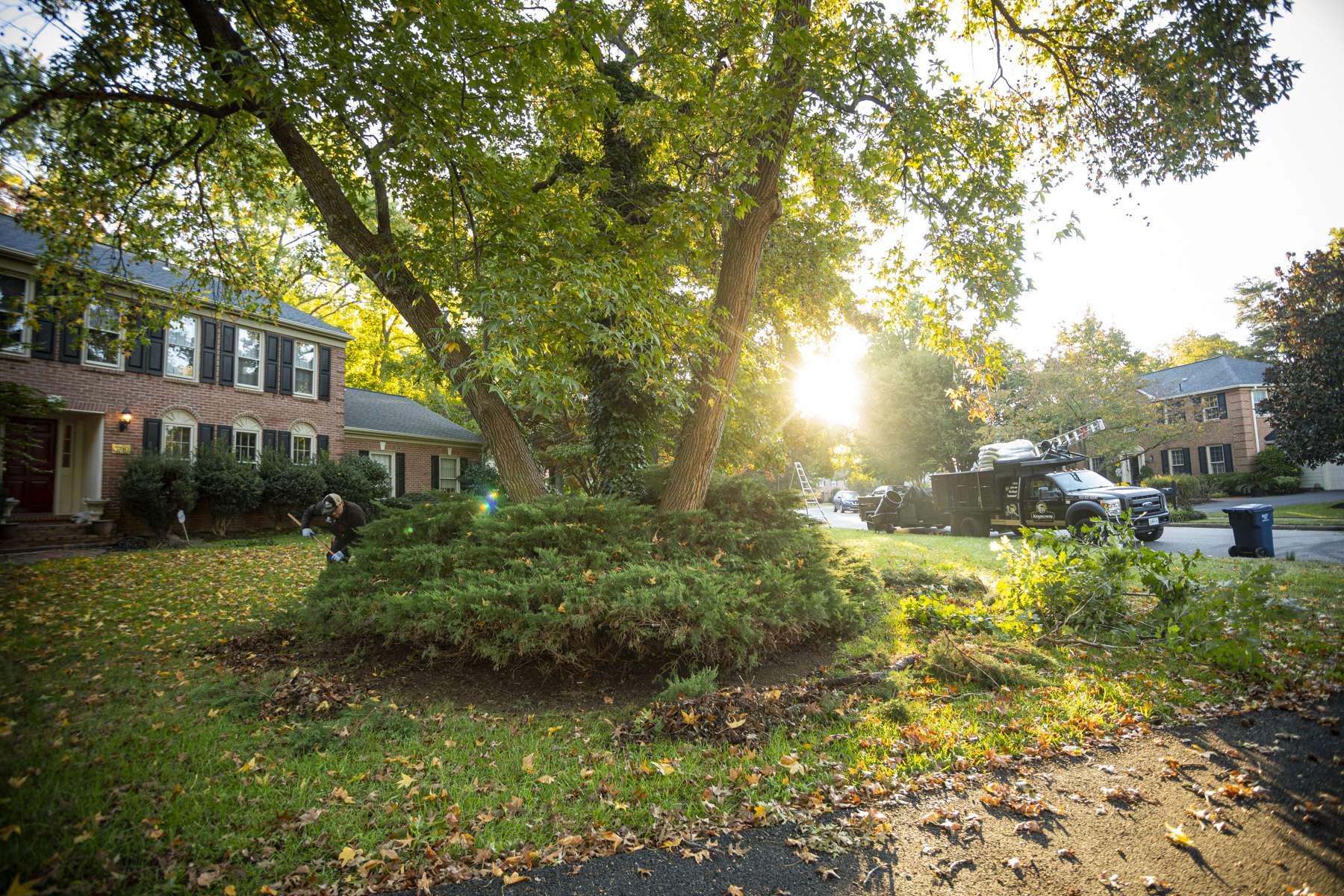
Lately, we’ve had more mild winters than we have had harsh ones. As the climate trends toward being warmer, this can lead to other changes around us that are important to address.
When we have a milder winter than normal, it can lead to changes in the lawn and landscape that you may need to talk to a landscape professional about.
While we know that people generally appreciate a mild winter where they can still spend time outside, warm winter harm in the landscape can be an unwanted side effect of this weather.
In this article, we’ll dive into the warm winter impact on plants and lawn areas so that you can understand what to expect as well as what can be done to make adjustments.
Each year as we approach the winter season, plants go into a state of dormancy.
This means that they stop growing and taking in nutrients. This is a protective state that prevents them from being harmed during the winter. Most people equate this to being asleep or in hibernation like certain animals do.
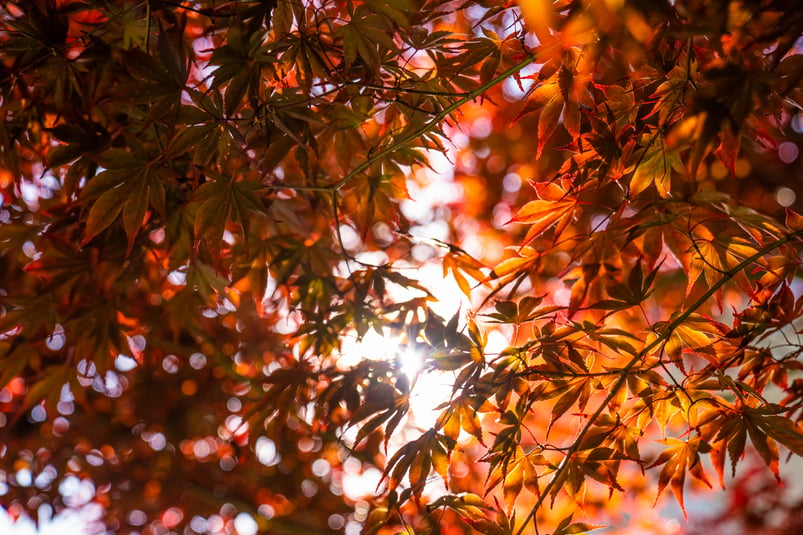
During dormancy, plants store nutrients and carbohydrates in their roots which provides sustenance to make it through the winter. This also helps initiate spring growth.
The trouble with a warm winter is that plants could come out of their dormant state. If it’s warm enough, plants and shrubs might even push out flower buds or new shoots.
You might also see early growth pushing out of the ground. Since bulbs are usually the first blooming spring flowers, you might see bulb-flowering plants like tulips or daffodils bloom too early.
Of course, we know that those warm winter spells are usually temporary. The biggest problem is when the cold returns, all of that new growth is likely to die. Cold damage on plants can lead to symptoms that look like:
If you have noticed that a plant has already started growing and the cold season is not over, the best thing you can do is cover your plants with sheets or blankets to try and protect them from frost damage.
You should be paying especially close attention to the weather during fringe periods (between fall and winter and then between winter and spring) where the temperatures can bounce around.
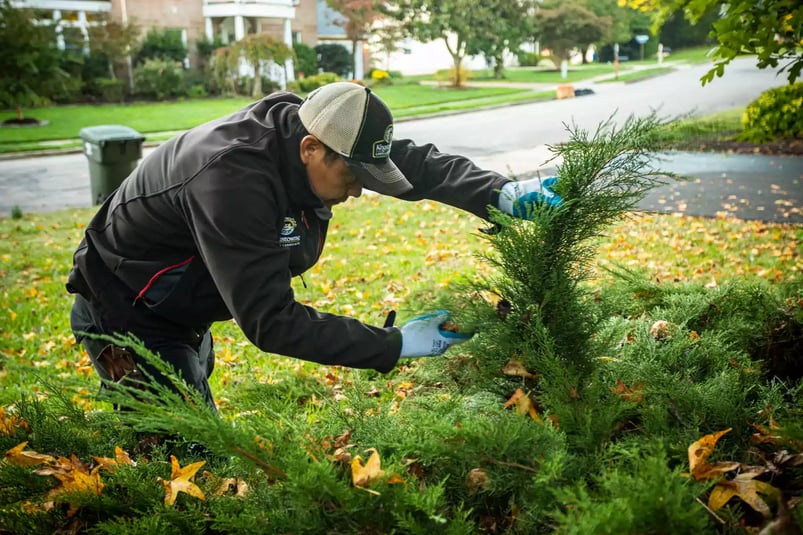
If you do find frost damage on a plant, do not trim it back as this can lead to further damage. Cold damage is a defense mechanism for your plants. Those discolored areas tend to isolate the problem and act as a shield for the rest of the plant. Removing the shield will expose more of the plant to potential damage.
Trimming off frost damage also stimulates even more new growth, which you don’t want when temperatures are still unstable.
Another warm winter problem is the possibility of disease and pests emerging early in your plants. For instance, you might see Leaf Spot Disease emerge, which is caused by fungal growth. Or, you might see Powdery Mildew form on plant foliage.
These are typically spring and summer problems but warm weather could cause them to attack early. The same is true for outdoor pests. Cold winters usually kill off landscape pests.
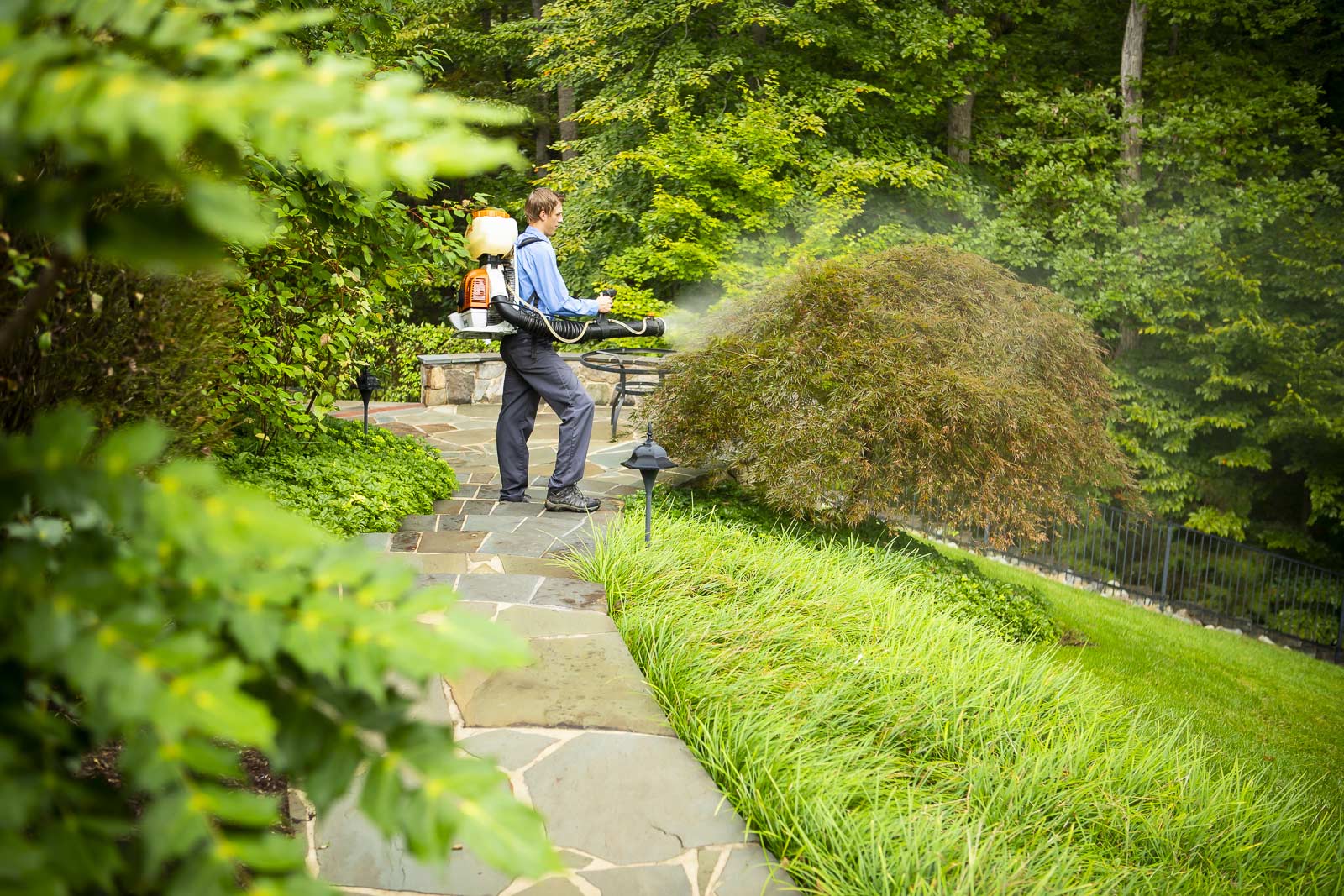
But a milder winter could mean that many of these pests stay active or do not die off. This could lead to an influx of pest problems throughout the spring and summer. Investing in plant health care can help you protect your plants from some of these problems.
In addition to the warm winter impact on plants in the landscape, you might see some impact on your lawn.
For one, the freeze/thaw cycle could potentially lead to the expansion and contraction of water in the soil which can turn into soil heaving. If you’ve noticed an area of heaving, you can gently press the soil back into place and cover the exposed grassroots with more soil. Talk to a lawn and landscape professional to get their recommendations.
Keep in mind that drainage solutions can help prevent some of these problems as poorly draining soil will only make heaving worse. If the problem is that your soil retains too much water, you’ll want to talk to a pro about how to address it.
Just like landscape plants, it’s also possible that your lawn could come out of winter dormancy too soon, leading to problems. Most lawns do go dormant in the winter season as a mode of protection. You don’t want them to come out of that state until it’s truly time.
The good news is that lawns are typically pretty resilient and will bounce back from winter lawn damage. When it does come time to revive your lawn from winter weather, you can help it bounce back with some TLC early on.
Early spring applications will be important to get your spring lawn off on the right foot. As your lawn comes out of dormancy for good and starts actively growing again, you’ll want to make sure it’s getting the nutrients it needs.
Of course, if you were already on our lawn care program, then we set your lawn up for success for the spring with our late fall fertilization application. This “winterizer” application helped to set the foundation for the winter and then provided your lawn with what it needed to initially green up come spring.
The winterizer application has potassium, which strengthens root growth and development, and helps it stand up to harsh conditions. It also helps the lawn take in and store nutrients for the spring. We use a high-nitrogen fertilizer that feeds the lawn all winter long. That means your lawn won’t be “starving” as it comes out of dormancy.
Of course, we would be remiss if we didn’t also mention that warmer winter weather can lead to more weeds.
While weeds can pop up at any time, they grow much more rapidly in warm weather. If we have a mild winter, you might see your lawn or plant beds have some weeds growing.
There are always spring weeds to deal with, but if we have an “early spring,” then those weeds are going to be creeping in sooner.
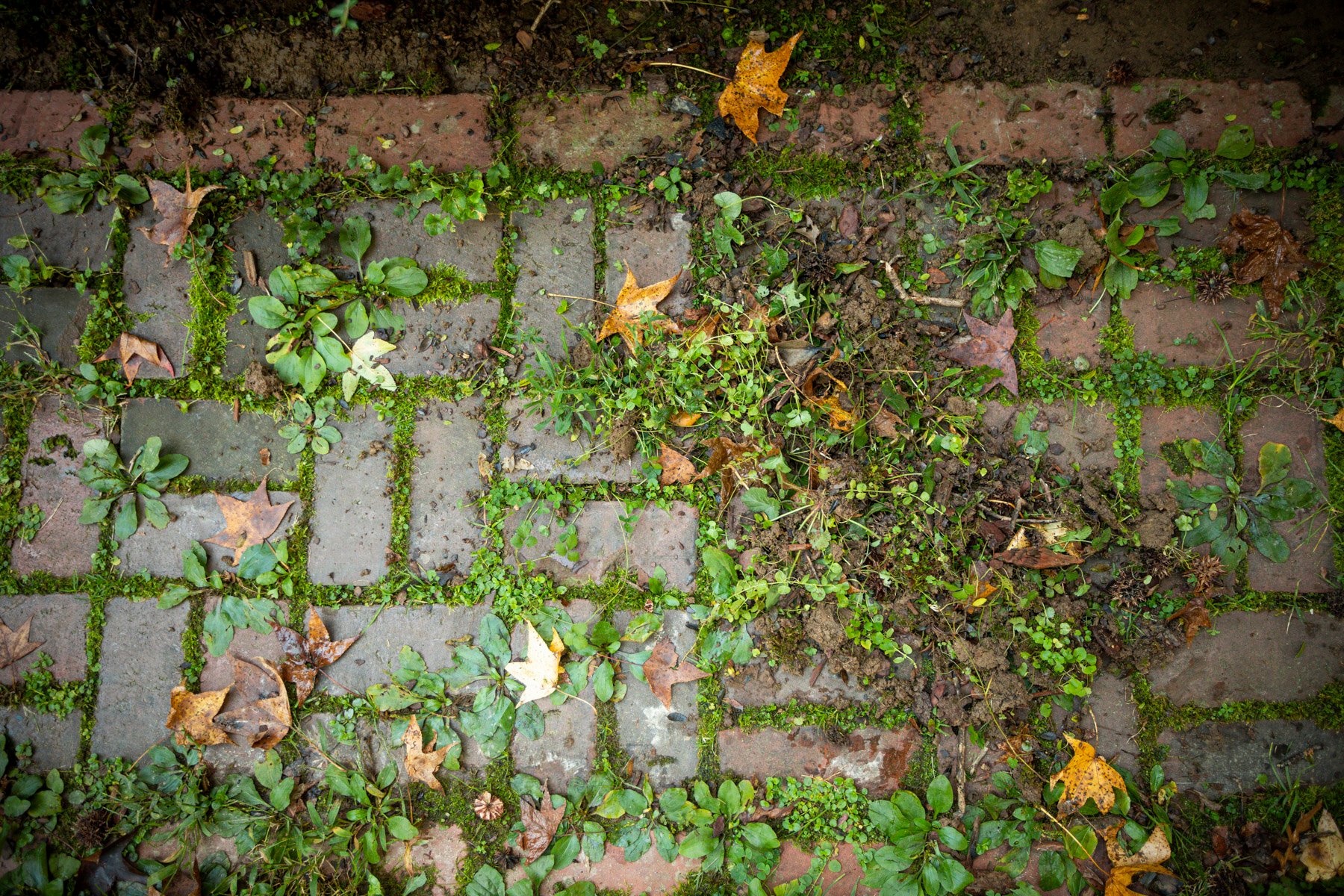
The key to success is working with a lawn care professional who is keeping up with what’s going on with local temperatures and making adjustments to their lawn care program as needed.
For instance, the optimal timing for pre-emergent applications for crabgrass is dependent on soil temperature, so it’s important that you’re working with a pro that’s closely watching this data.
There are some problems (particularly those related to the weather) that are simply out of our control. But when you partner with a lawn and landscape professional, you’ll still have the best chance of dealing with and recovering from problems.
It’s also important to recognize that the better shape your lawn and landscape are in, the better chance they’ll have at surviving harsh conditions and challenges. A healthier lawn and landscape will generally bounce back faster from problems than one that was already struggling.
If your lawn or landscape does experience unrecoverable damage during a warm winter spill, a professional can help you implement the best corrective solutions to get things back on track.
At Kingstowne Lawn & Landscape, we want you to know that regardless of the season, we’ve got you covered. It is always our goal to make your lawn and landscape as stress-free and enjoyable as possible for you. While we know that warm winter problems can be a major source of stress, we’ll help get you through it with the best solutions.
Are you ready to ditch the worries and hassles associated with keeping your entire property well-maintained? Get started today! Request a quote, get your customized plan and relax as you let us get to work.

Since its founding, Krisjan has led Kingstowne Lawn & Landscape with a straightforward philosophy: treat every customer like the “only” customer. His passionate pursuit of excellent customer service has led to 28 successful years and a thriving company with over 85 employees. Since 1997, Kingstowne has helped thousands of homeowners in the Alexandria, Arlington, and Springfield, VA area get what they want - a worry-free property they can be proud of.


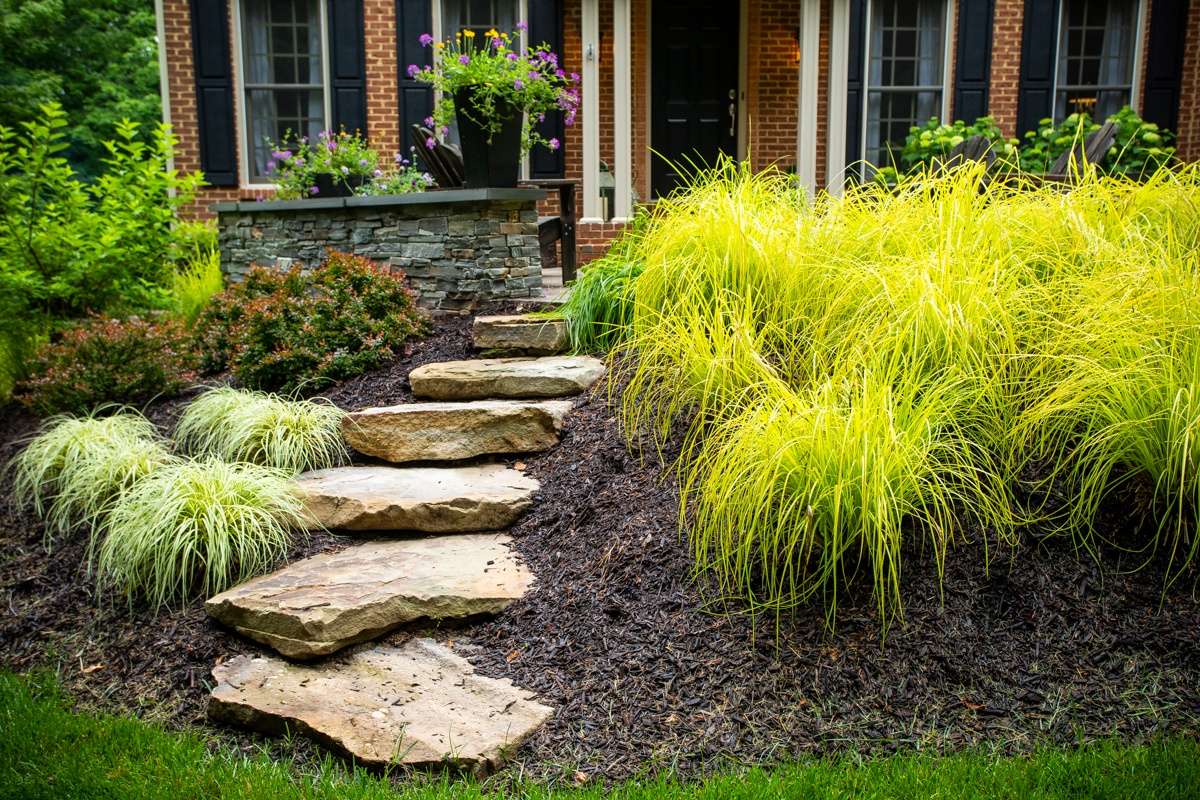

If You're Looking For a Sign, This is It.
Seriously, that lawn isn't getting any better on it's own. Mrs. Jones just called the HOA on you